This is going to sound funny, but it's best if you don't use your camera's flash indoors. I know there are occasions when you absolutely need it, but the cost is that your photos will lose depth.
Photographs are two-dimensional, but photographers strive to add depth to them. This depth comes in part from light sources that aren't positioned directly in line with the viewer. Unless you've explored off-camera flash, your flash is likely firing from right above your lens. This introduces an unnatural, overpowering light to your photo, thereby flattening your subject.
A nice thing about using flash is it freezes your subject, preventing the blur introduced by your movement. So what do you do to compensate for having no flash? Here are a few suggestions:
- Turn on additional lighting, if available
- Use a tripod or set your camera on a stable object (e.g., an end table or chair, or even the floor)
- Use your camera's timer to trip the shutter
- Tuck your elbows into your sides to keep the camera steady
- Use your biggest aperture and ISO (I'll discuss this more in future tips)
 So what good is your flash? It's actually quite useful for shooting outside. When you're outside during the day, the sun provides plenty of light that can't be overpowered by your flash. Have you ever shot a picture of someone during the day and found that they wound up with dark, Lurch-like shadows under their eyes? Your flash can help eliminate those shadows by throwing some light into those areas.So it may sound funny, but today's tip is to only use your flash outdoors during the day.
So what good is your flash? It's actually quite useful for shooting outside. When you're outside during the day, the sun provides plenty of light that can't be overpowered by your flash. Have you ever shot a picture of someone during the day and found that they wound up with dark, Lurch-like shadows under their eyes? Your flash can help eliminate those shadows by throwing some light into those areas.So it may sound funny, but today's tip is to only use your flash outdoors during the day.
